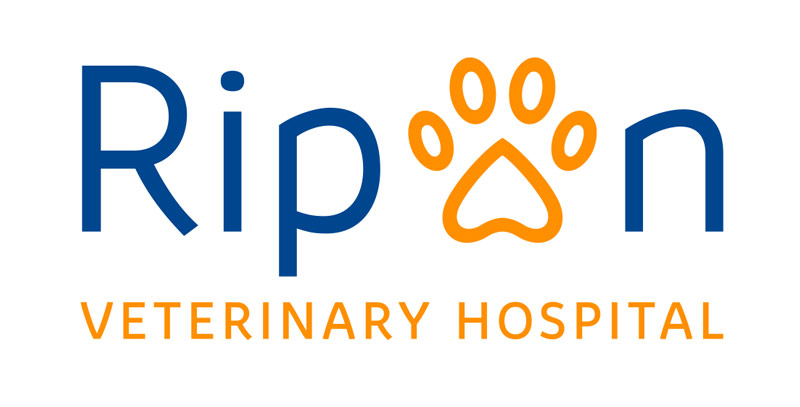Click HERE To Buy Cephalexin Online ↓

Understanding Cephalexin: a Potent Antibiotic Choice
Cephalexin, a first-generation cephalosporin antibiotic, is widely recognized for its effectiveness against a broad spectrum of bacterial infections. It operates by disrupting the synthesis of the bacterial cell wall, leading to cell lysis and death. This mechanism of action is particularly effective against gram-positive bacteria, though it also exhibits activity against some gram-negative bacteria. Its oral formulation provides the convenience of at-home treatment, making it a popular choice for physicians and patients alike.
| Characteristic | Details |
|---|---|
| Class | Cephalosporin Antibiotic |
| Mechanism | Inhibits Bacterial Cell Wall Synthesis |
| Administration | Oral |
Patients often prefer cephalexin due to its broad therapeutic applications and relatively safe profile. Although it is generally well-tolerated, understanding potential allergic reactions is crucial, especially for those with known penicillin allergies. It remains a staple in the arsenal against bacterial infections, particularly those resistant to other antibiotics.
How Cephalexin Battles Skin Infections Effectively

Cephalexin, a widely used antibiotic in the cephalosporin class, is an effective choice for combating a range of bacterial skin infections. Often prescribed for its ability to disrupt bacterial cell wall synthesis, cephalexin ensures the rapid eradication of invading pathogens. When prescribed for conditions like cellulitis, folliculitis, or impetigo, cephalexin acts by interfering with bacterial growth, ultimately leading to cell death.
This antibiotic’s efficacy is largely attributed to its broad spectrum of action against both Gram-positive and some Gram-negative bacteria, making it particularly suitable for tackling skin infections that can arise from various bacterial sources.
In addition to its effectiveness, cephalexin is generally well-tolerated by patients and features a convenient dosing schedule, which enhances adherence. Its oral administration is a boon for those requiring treatment outside a hospital setting, allowing for the quick resolution of uncomfortable and potentially severe skin infections.
Cephalexin for Respiratory Tract Infections: What to Know
Cephalexin emerges as a powerful ally in the realm of respiratory tract infections. This versatile antibiotic is known for its efficacy against a variety of respiratory ailments, including bronchitis and pharyngitis. By targeting susceptible bacteria, cephalexin disrupts their cell wall synthesis, effectively halting their proliferation and alleviating symptoms.
When prescribed for respiratory infections, cephalexin offers a targeted approach that minimizes the impact of harmful bacteria while preserving healthy tissue. It's crucial for patients to adhere to their prescribed dosage to maximize the drug's benefits and reduce the risk of antibiotic resistance.
The use of cephalexin is often recommended for individuals who exhibit complications or are at risk for recurrent infections. Consultation with healthcare professionals ensures personalized treatment plans, maximizing the therapeutic impact for each patient and promoting a faster recovery trajectory.
Tackling Ear Infections with Cephalexin

Cephalexin, a cephalosporin antibiotic, is a valuable tool in treating bacterial ear infections, specifically otitis media. It works by interfering with the bacteria's cell wall synthesis, causing the cells to rupture and die. This process helps alleviate symptoms like ear pain, swelling, and hearing difficulties. Its effectiveness in treating ear infections is backed by its ability to reach adequate concentrations in the middle ear fluid, targeting common pathogens such as Streptococcus pneumoniae and Haemophilus influenzae.
Patients generally find cephalexin easy to administer, as it is available in both liquid and tablet forms. Dosing is usually based on the severity of the infection, requiring medical guidance to ensure optimal recovery.
Cephalexin’s Role in Treating Urinary Tract Infections
Cephalexin, a time-tested antibiotic, plays a significant role in combating urinary tract infections (UTIs), especially those caused by susceptible strains of bacteria like Escherichia coli. This infection type is common, and appropriate antibiotic treatment is crucial to prevent escalation and complications. By inhibiting bacterial cell wall synthesis, cephalexin effectively reduces bacterial proliferation, thereby easing symptoms such as frequent urination, burning sensation, and lower abdominal pain.
Timely intervention with cephalexin not only shortens the duration of a UTI but also minimizes the risk of recurrent infections, safeguarding patient health. As UTIs can affect various demographics differently, cephalexin’s broad-spectrum efficacy shines through its application in diverse situations—from uncomplicated UTIs in women to catheter-related infections.
To summarize the potential of cephalexin for treating UTIs, consider its primary attributes:
| Attribute | Details |
|---|---|
| Mechanism | Inhibits bacterial cell wall synthesis |
| Target Bacteria | Effective against E. coli and similar gram-positive bacteria |
| Benefits | Reduces duration and risk of recurrence |
Cephalexin for Dental Infections: a Reliable Option
When it comes to battling dental infections, cephalexin emerges as a trusted ally, particularly for those triggered by common bacteria. This antibiotic's effectiveness lies in its ability to disrupt cell wall synthesis, a crucial process for bacterial survival. By targeting a wide array of bacterial strains that can assault the oral cavity, cephalexin helps mitigate symptoms such as pain and swelling, paving the way for faster recovery. Dental professionals often prescribe it when easy, reliable intervention is essential, providing patients with a sense of relief and reliance on its therapeutic benefits.
Historically, cephalexin has been a mainstay in treating dental infections, particularly when the risk of bacterial spread is significant. It serves as an effective treatment option that aligns well with other dental interventions such as extractions and root canals, minimizing complications. However, it is vital for patients to follow prescribed dosages meticulously and complete the full course to avoid bacterial resistance. As research continues to support its efficacy, cephalexin remains a staple in dental health regimens. Understanding its mechanism and appropriate application enhances successful treatment outcomes. Learn more about cephalexin's applications and efficacy at the National Center for Biotechnology Information and MedlinePlus.
